calsfoundation@cals.org
Tourist Camps, Tourist Courts, and Early Motels
Tourist camps and courts were a common form of lodging for travelers in the United States from the 1930s to the 1960s. The terms “tourist camp” and “tourist court” were used to describe both an individual cabin or room rented for the night and the business as a whole. In their early days, they typically consisted of stand-alone structures that looked and functioned like small houses, with as few as four units to rent. Those built during and after World War II were increasingly likely to be under a single roof in the form recognizable today as motels.
Unlike earlier hotels that served mostly railroad passengers, tourist camps and courts evolved along roadways to accommodate the needs of the newly motoring public. In the 1920s, the average white, middle-class family likely owned a car, and recreational travel by automobile became increasingly common as Americans sought a nature break from crowded cities. The common practice of roadside camping spawned free municipal campgrounds across the country, often in city parks. Most city-sponsored campgrounds did not last into the 1930s, due mostly to overcrowding, increasing costs, and the potential profits to be made from the growing numbers of Americans on the road. The experience of Little Rock (Pulaski County) was typical; the city had opened a free campground in City Park (now MacArthur Park) around 1923 but was in the process of making sure auto tourists could no longer camp there by 1926.
Beginning in the mid-1920s, thousands of small, private, locally owned tourist camps were being built across the country; the more modern of these began calling themselves “tourist courts.” They furnished an increasing array of amenities, such as heat in the winter, electric fans in the summer, private bathrooms and kitchens (as opposed to the communal ones of the earlier camps), linens, radios, and garages. In 1927 or 1928, Lape’s Tourist Camp at 1324 Ringo Street became Little Rock’s first privately owned, for-pay tourist camp to open for business. By 1935, Little Rock and North Little Rock (Pulaski County) had eighteen tourist camps and courts. (No trace of Lape’s exists in the twenty-first century.)
By the 1940s and 1950s, many tourist courts offered room telephones, cafes, gas, and even swimming pools and air-conditioning. “Motel” (a blend of motor and hotel) became a popular term beginning in the 1940s and implied more rooms and greater conveniences to travelers. The terms co-existed into the 1950s and early 1960s, after which “tourist court” was largely dropped by business owners and the general public. Exceptions still in business in the twenty-first century include the Ozark Court in Hot Springs (Garland County), the Sherwood Court in Eureka Springs (Carroll County), and the I-30 Courts in Benton (Saline County).
Naturally, the greatest numbers of tourist courts and motels were near popular tourist destinations and in larger cities. Hot Springs had by far the most in the state. In 1960, for example, Hot Springs had eighty-two courts and motels, compared to thirty-nine in Little Rock and North Little Rock. (The sheer number of courts and motels and the fact that no interstate highway has cut through Hot Springs have helped preserve a number of its roadside lodgings.)
Owners of camps and courts often appealed to tourists by referencing local attractions in the names of their businesses. For example, the Diamond Court operated at the entrance to the mine near Murfreesboro (Pike County), and the Oaklawn Tourist Court sought the business of those attending the nearby horse races in Hot Springs. However, like courts across the United States, most in Arkansas were either named after their owner(s) or referenced comfort or appealing images. A few instances of the former are the Betty-Ann Court in Rogers (Benton County), Rhodes Tourist Cottages in North Little Rock, and Pop and Joe’s Lakeside Court near Plainview (Yell County). The latter included the Hollywood Court in Hot Springs, the Sun Valley Court in Mountainburg (Crawford County), the Cozy Courts in Green Forest (Carroll County), and the Resthaven Court near Eureka Springs. A few names were the unique creations of their owners, notably the Boco Courts in Fordyce (Dallas County): “bought on cash only.”
The construction of the interstate highway system in the late 1950s and early 1960s signaled the decline of “mom and pop” tourist courts and motels, as well as the end of their common practice of racial segregation; indeed, the Latimore Tourist Home in Russellville (Pope County) is one of the few African-American roadside lodgings on the National Register of Historic Places and was listed in each issue of the Negro Motorist Green Book, a guide for black travelers throughout the country, from 1939 to 1964. Roadside lodging became an increasingly franchised business of larger “hotels” along the new roads. The number of locally owned tourist courts and motels peaked in the United States in 1961, and in Arkansas a few years later. Today, most of the hundreds of tourist courts in Arkansas have been demolished. Some that survive are used as rental housing, storage, retail space, or are abandoned. Others still function as motels. A few of these have undergone significant restoration and appeal to motorists looking for a “retro” travel experience, notably Dame Fortune’s Cottage Court and the Best Court Cottages, both in Hot Springs.
Arkansas Tourist Camps, Courts, and Motels Listed on the National Register of Historic Places or Arkansas Register of Historic Places (* denotes Arkansas Register):
| Name | Location | Date Built | Date Listed |
| Bates Tourist Court | Marshall (Searcy County) | 1935 | 10-4-1993 |
| Bear Creek Motel | Bear Creek Springs (Boone County) | 1936 | 3-13-2001 |
| Bellaire Court | Hot Springs (Garland County) | ca. 1936 | 2-11-2004 |
| Campbell Station Cabin No. 2* | Campbell Station (Jackson County) | ca. 1941 | 8-1-2012 |
| Cottage Courts | Hot Springs (Garland County) | ca. 1950 | 2-11-2004 |
| Cove Tourist Court | Hot Springs (Garland County) | ca. 1937 | 2-11-2004 |
| Crystal River Tourist Camp | Cave City (Sharp County) | 1934 | 6-6-1991 |
| George Klein Tourist Court | Hot Springs (Garland County) | ca. 1940 | 6-8-1993 |
| Gibson Court* | Hot Springs (Garland County) | ca. 1940 | 12-3-2003 |
| Latimore Tourist Home | Russellville (Pope County) | ca. 1900 | 1-27-2012 |
| Lynwood Tourist Court | Hot Springs (Garland County) | ca. 1944 | 2-11-2004 |
| Merle Whitman Tourist Cabin | Ozark (Franklin County) | 1933-34 | 11-8-2006 |
| Parkway Courts | Hot Springs (Garland County) | ca. 1943 | 2-11-2004 |
| Perry Plaza Court | Hot Springs (Garland County) | 1947-48 | 2-11-2004 |
| Tall Pines Motor Inn | Eureka Springs (Carroll County) | 1947 | 1-15-1999 |
| Taylor Rosamond Motel | Hot Springs (Garland County) | ca. 1950 | 5-26-2004 |
| Web Long House and Motel | Hardy (Sharp County) | ca. 1943 | 12-17-1998 |
| Willmering Tourist Cabins | Silver Hill (Searcy County) | 1946 | 11-15-2000 |
| Woodland Courts | Hardy (Sharp County) | 1938 | 11-27-1992 |
For additional information:
Balasco, Warren James. Americans on the Road: From Autocamp to Motel, 1910–1945. Baltimore, MD: Johns Hopkins University Press, 1979.
Curran, Jill, and Michael Keckhaver. “Pulaski County Tourist Courts and Motels—Then and Now.” Pulaski County Historical Review 58 (Fall 2010): 77–95.
Jakle, John A., Keith A. Sculle, and Jefferson S. Rogers. The Motel in America. Baltimore, MD: Johns Hopkins University Press, 2002.
Margolies, John. Home Away From Home: Motels in America. Boston, MA: Bulfinch Press, 1995.
Waller, Jackie. “Camp St. George.”Carroll County Historical Quarterly 65 (Fall 2020): 114–116.
Wolfe, Ron. “Not Letting Bygones Be: Jill Curran Restores Lost Era and Aura of Tourist Courts, Piece By Piece.”Arkansas Democrat-Gazette, July 17, 2012, pp. 1E, 6E.
Jill Curran
Little Rock, Arkansas
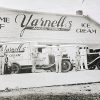 Business, Commerce, and Industry
Business, Commerce, and Industry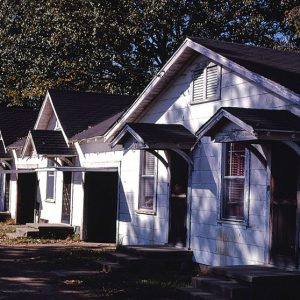 B&A Motel
B&A Motel 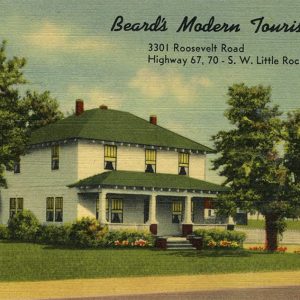 Beard's Modern Tourist Home
Beard's Modern Tourist Home 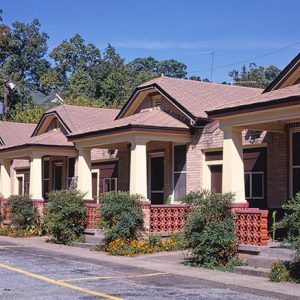 Bellaire Court
Bellaire Court 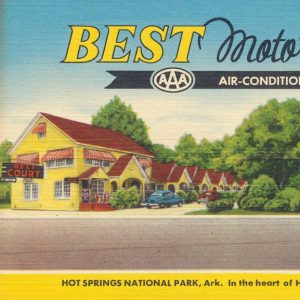 Best Motor Court Postcard
Best Motor Court Postcard 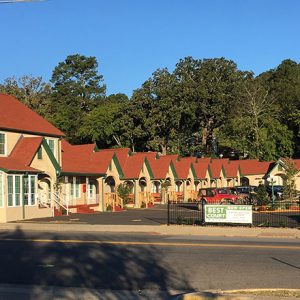 Best Motor Court, Hot Springs
Best Motor Court, Hot Springs 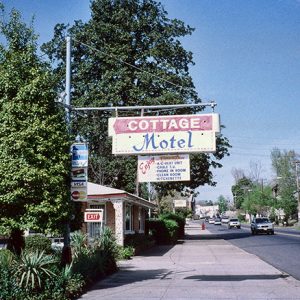 Cottage Courts Historic District
Cottage Courts Historic District 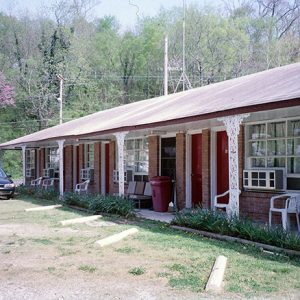 Cottage Courts Historic District
Cottage Courts Historic District 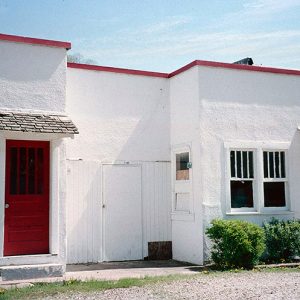 Cove Tourist Court
Cove Tourist Court 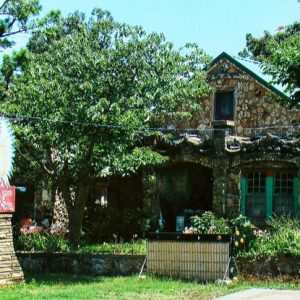 Crystal River Tourist Court
Crystal River Tourist Court  King Tut Cottages and Cafe
King Tut Cottages and Cafe 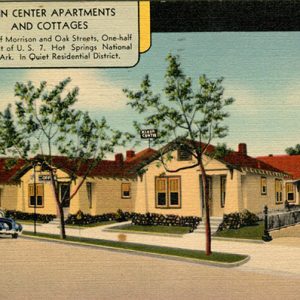 Klein Center Postcard
Klein Center Postcard 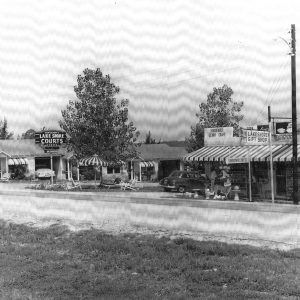 Lakeview Street Scene
Lakeview Street Scene 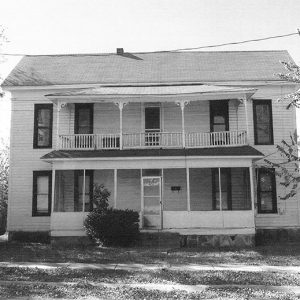 Latimore Tourist Home
Latimore Tourist Home 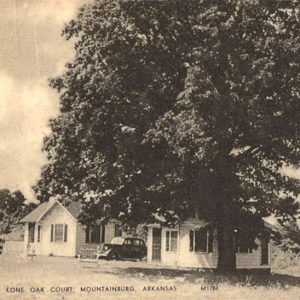 Lone Oak Court
Lone Oak Court 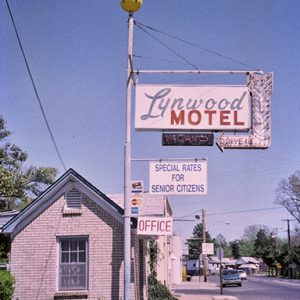 Lynwood Tourist Court
Lynwood Tourist Court 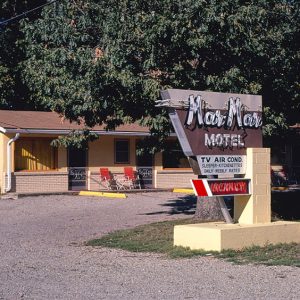 Mar Mar Motel
Mar Mar Motel 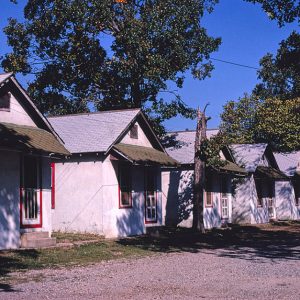 Mark's Motel
Mark's Motel 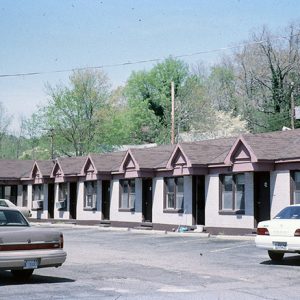 Parkway Courts Historic District
Parkway Courts Historic District 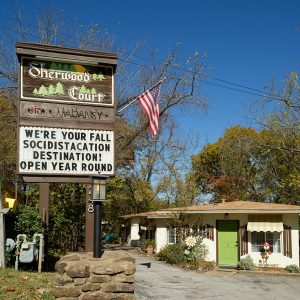 Sherwood Court
Sherwood Court 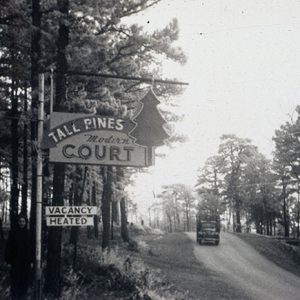 Tall Pines Motor Inn
Tall Pines Motor Inn 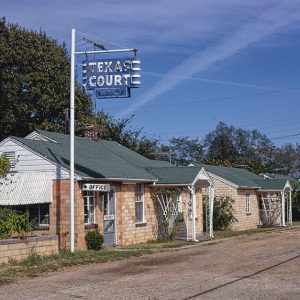 Texas Court
Texas Court 



My parents, Joe and Kay Beal, owned the Lynwood Court in the late 1940s for several years. They sold it in late 1949 and moved back to Ohio, where I was born in January 1950.
My middle name is Lynn for the motor court.